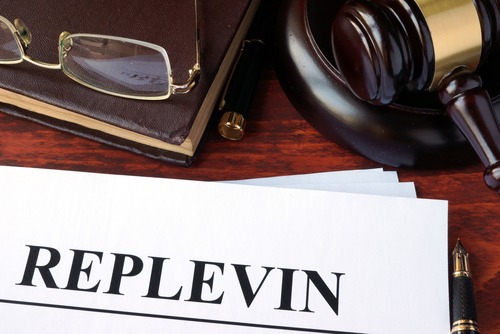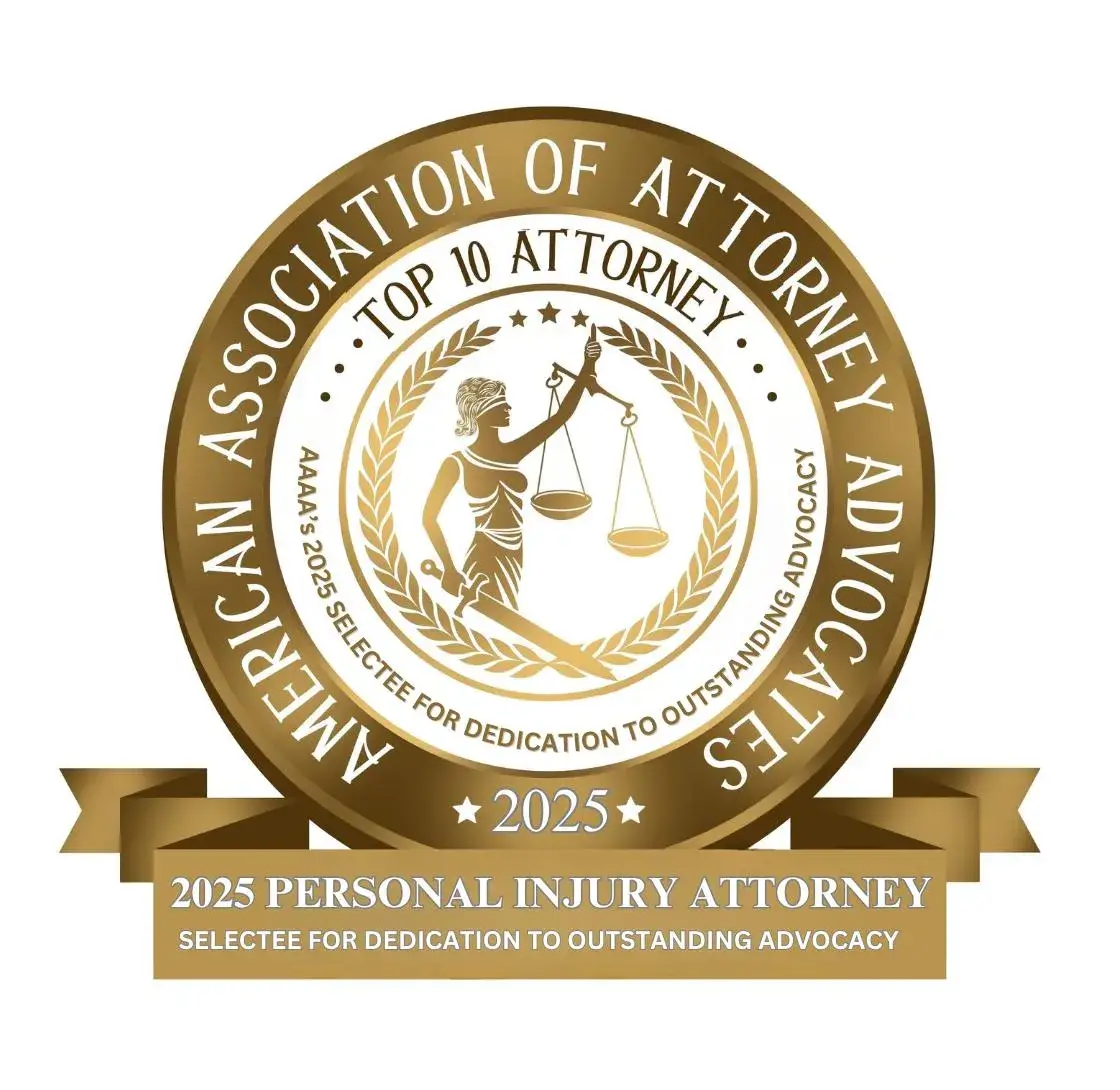Proof in a Negligence Case
What is Negligence?
To understand what has to happen in a negligence case, one must understand what negligence actually entails. Under the legal theory of negligence, a careless person will be legally liable for any resulting harm that comes from someone acting in a careless way and causing injury to another person. There are many elements involved in a negligence claim such as duty, breach, causation, and damages. But the fact remains – if somebody is legally responsible for an injury, then they are negligent. There are many basics of negligence. The basic question that all people can ask is: Did the defendant act as a reasonable person would have given similar circumstances? In one situation: Regarding a car crash, negligence may be proven if the defendant was not obeying traffic laws and does not have an excuse for violating those laws.
So, in what ways can you prove negligence?
In most negligence cases, both direct evidence and circumstantial evidence come into play. Direct evidence is evidence derived from the personal knowledge of a witness or from images in a photograph. However, in circumstantial evidence, a fact-finder is required to draw an inference based on the evidence that has been produced.
What if your case has little evidence?
There is a phrase known as “res ipsa loquitur,” which is Latin for “the thing speaks for itself.” But to what does this theory apply? It allows a jury in a negligence case to make the assumption that a defendant acted negligently. This applies even without other proof of misconduct lingering in the air. In order for the theory to apply, however, the plaintiff must be able to prove that the event occurred usually does not happen in the absence of negligence and that the defendant had exclusive control of the instrument that caused the injury.
Sometimes, everything can depend on the circumstances.
It is important to know that all cases are different – for example, negligence in a dog bite case is proven in a different way than negligence in a medical malpractice case. Anything can really offer proof in a given case depending on the situation. In a slip-and-fall, for example, there may be evidence that there was soap smeared onto a floor that caused the accident to occur.
What is important to remember about negligence cases is the fact that they are not as cut and dry as people assume them to be. They can prove to be very complex lawsuits and fault could be very hard to prove depending on the situations. If you want to get the most out of proving negligence in your case, it is probably best to work with an attorney on your side. They will protect your rights and work with you to help you get what you deserve, along with being able to offer you in-depth analysis and answering all questions you might have. Contact MDL today to speak to an attorney you can trust, who will always be on your side. We can work to get you the compensation you deserve!



















